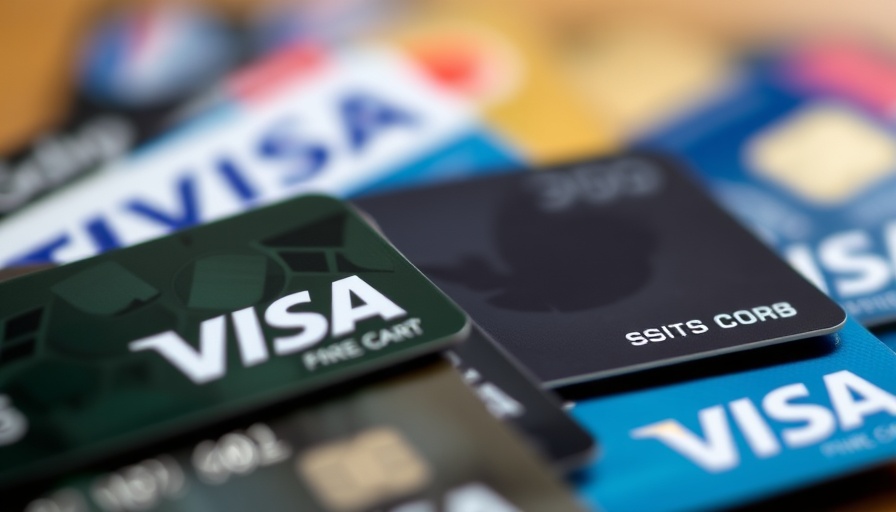
The Digital Revolution: How Tap to Pay is Reshaping Transactions
In the world of transactions, Visa has reported a staggering milestone—tap-to-pay now constitutes 76% of face-to-face transactions globally. This revelation from their latest earnings call sheds light on the evolving landscape of consumer spending and payment technologies, particularly amid ongoing economic uncertainties. CEO Ryan McInerney emphasized this shift, noting that U.S. tap-to-pay penetration has crossed the 60% threshold for the first time, highlighting a significant milestone in consumer behavior.
Understanding Consumer Resilience Amidst Economic Shifts
Visa's financial results indicate a profound consumer resilience. Even with macroeconomic uncertainties hanging overhead, Visa has observed no substantial dips in overall consumer spending. This is particularly optimistic news for business owners in the $2M–$10M revenue range, as resilient spending trends could signify continued investment opportunities and customer engagement. McInerney pointed out that while affluent consumers are leading the charge in spending growth, all consumer bands remain consistently strong, suggesting a broad base of market confidence.
Tap to Pay: The Future of Payments
As we look ahead, what does this increase in tap-to-pay adoption mean for businesses? For owners actively scaling their operations, embracing emerging payment technologies is essential for meeting consumer expectations. The integration of tap-to-pay not only enhances the convenience for customers but also streamlines transaction processes, which can ultimately lead to quicker sales and better cash flow—critical factors for businesses hungry for growth.
Fintech Trends Driving Innovation
The rise of digital payments and tap-to-pay technology falls within the broader context of fintech trends that are swiftly transforming the landscape. Nearly 50% of global eCommerce transactions are now tokenized, paving the way for enhanced security and an improved customer experience. For business owners, this shift toward tokenization symbolizes a growth opportunity to leverage technology for streamlining operations and increasing sales performance.
Exploring the Intersection of Stablecoins and Future Payments
Another compelling insight from Visa's earnings call is the growing promise of stablecoins. McInerney elaborated on innovations such as interoperability and programmability in stablecoin settlements, which recently surpassed $200 million in volume. Such developments could redefine business operations, particularly in terms of efficiency and transaction costs. As companies consider integrating digital currencies, they must remain informed about evolving technologies and trends that can enhance their competitive edge.
What Should Businesses Do Next?
For business owners looking to capitalize on this payment trend, understanding and adopting tap-to-pay technology is crucial. By integrating contactless payment solutions, businesses not only meet current market demands but also prepare themselves for a future where digital currency and rapid transaction processing become the norm. Don’t get left behind; consider exploring how tap-to-pay technology and digital currencies could fit into your operational roadmap.
In conclusion, as Visa’s data demonstrates, embracing fintech innovations like tap-to-pay and stablecoins is no longer an option but a necessity for businesses aiming to thrive in a competitive marketplace. As consumer spending remains resilient, aligning your business strategies with these transformative technologies could yield significant dividends. If you’re ready to scale your operations and enhance your financial transactions, take action now—invest in the future of payments and stay ahead of the curve!
 Add Row
Add Row  Add
Add 



Write A Comment